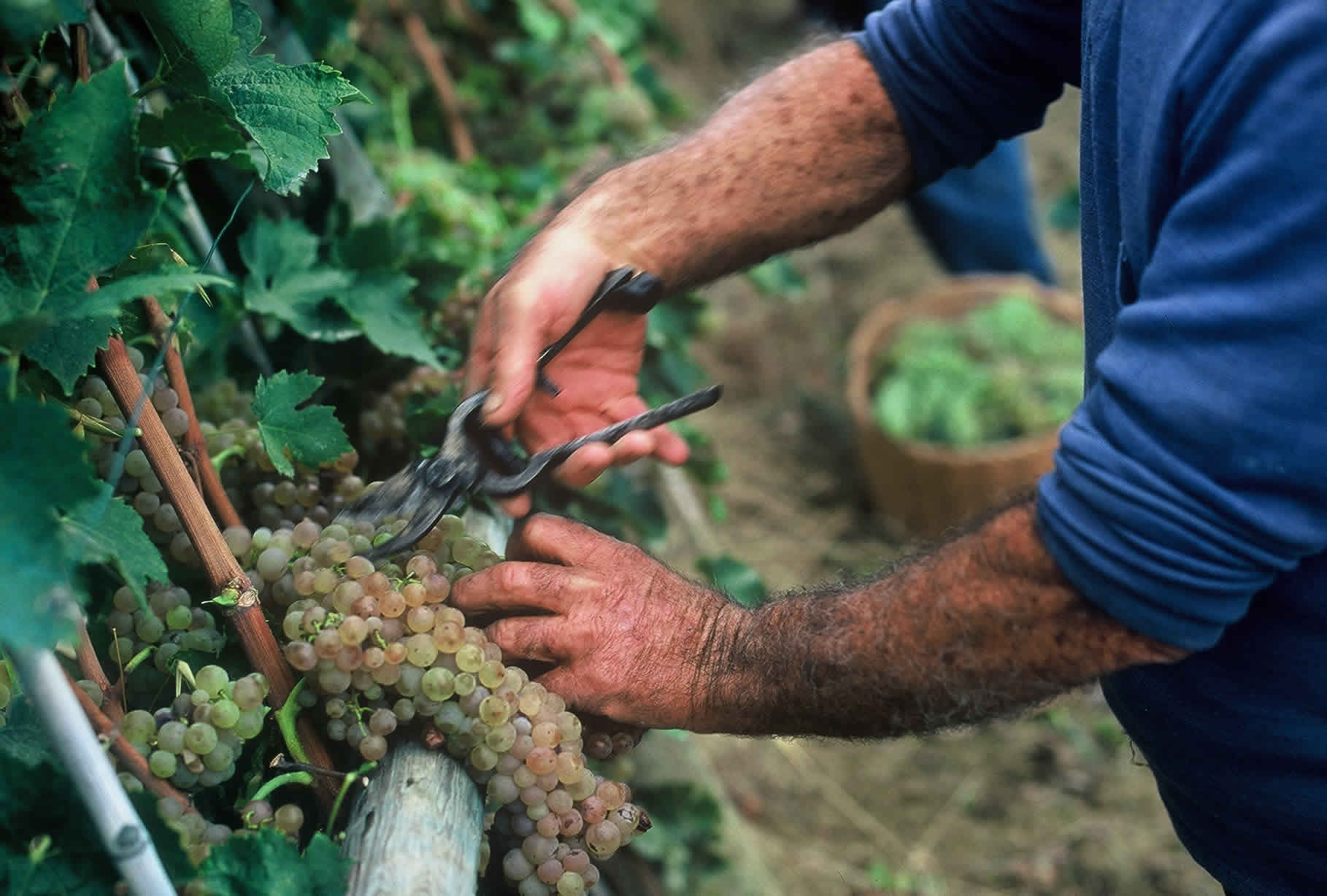LAND
Piceno and Wine, an Ancient Bond
In this part of Italy, with the beginning of viticulture, we find the Etruscans and Colonists from Greece.
This era was between the 10th and 8th centuries BC, a moment where we can date the dawn of Piceno winemaking.
The abundant production of generous and powerful wines has attracted important figures of history, for example, Hannibal and his troops and the historians and poets of ancient Rome, including Cato and Pliny the Elder, Varro and Culumella.
These men had the opportunity to appreciate and transcribe the winemaking tradition of the Piceno lands. Later, after the Renaissance, the wines of Piceno were defined as “very powerful” by Andrea Bacci, physician to Pope Sixtus V, and a lover of the already varied Italian wine production.
Over the centuries as described through recorded history the cultivation methods of this area have been perfected.
Beginning with the specialized vineyards of the Low Middle Ages, to the cultivation of arable land while maximizing the products of the fields, to the marrying of the vines to other crops or trees the path is drawn to the wine growing of today which highlights the orderly, regular rows of vines that paint the hilly landscape.
And today? Today, in the lands of the Piceno we cultivate, research and enhance quality of the grapes and vines
The Two Wine Revolutions in the Piceno
Between 1880 and 1890 the scourges of downy mildew and Phylloxera reached the Piceno, conquered only through the use of American vine rootstocks.
The birth in the Marche of the Itinerant Chairs of Agriculture -an important agricultural training institution – was instrumental for the improvement of cultivation techniques and the renewal of the plants. At the same time there was also a revolution in the clonal varieties cultivated, with the introduction of completely unknown vines in the oenological history of the Marche and Piceno.
In 1905, the scholar Arzelio Felini wrote in his Marchigiani Studies that: “[It] is over twenty years that our winemakers, in trying to solve the Marche wine problem, have abandoned the multiplication of the characteristic varieties of our local vines, such as Vernacce , Verdicchi, Biancami, to introduce vines from the north and south. “(I vini delle Marche, Department of Agriculture of the Marche Region, 2004). Sangiovese, Trebbiano, and “international” grape varieties such as Cabernet Sauvignon, Merlot, Chardonnay make their entry. Production becomes more rational, sharecropping ends, and new owners are born.
In the 1980s, the indigenous grape varieties are almost forgotten but soon far-sighted producers are reminded of its great potential, especially in the light of modern methods in the vineyard and in winemaking.
The manufacturing companies restructure themselves again. There is a move from mass production from the tank to bottling and the plants are improved due to the introduction of the DOC regulations that set new and rigorous quality standards. This is the Second Piceno Wine Revolution with Pecorino leading the way.